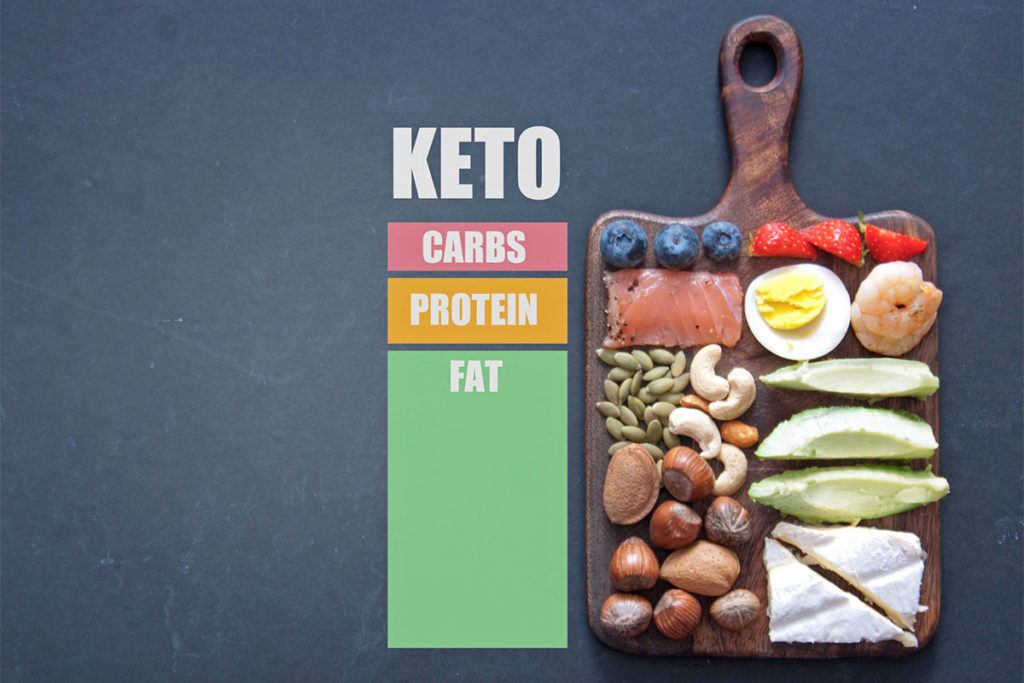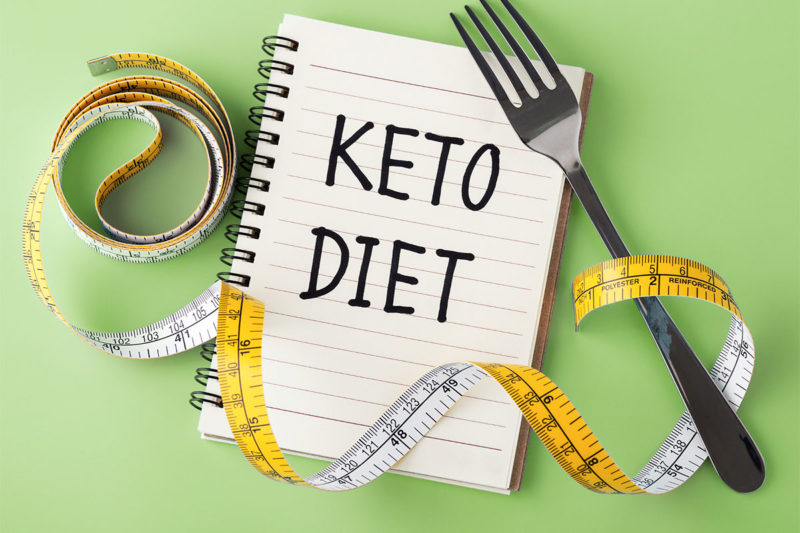It may sound complicated, but behind this onomatopoeic name lies a diet based on a knowledge of metabolism and common sense.
The keto (or ketogenic) diet first appeared in the 1920s. And not because of any weight issues, diabetes, or other nutritional reasons.
A chance discovery!

To alleviate the symptoms of epileptic children, doctors at the time tried several different approaches based more on intuition and logic than on specific studies. They first put these children on fasting periods, which was unsuccessful, before putting them on a sugar-free diet. The results became more convincing over the years, and medical professionals recognised an apparent improvement in 50 patients suffering from more than 200 seizures per month. After a ketogenic diet, improved symptoms were observed in more than 50% of the children. To this day, the keto diet is still recommended for people with epilepsy. Still, it is also increasingly proposed for people with high blood sugar levels or to prevent many metabolic diseases and cancers (cancerous cells love glucose). Further back in the history of nutrition, we find the work of Dr. Wilhem Ebstein, who, in 1892, proposed a diet low in sugar and rich in good fats (no white sugar, bread, or potatoes) because he had noticed the presence of sugar in the urine of people with diabetes. Synthetic insulin was discovered some 30 years later.
Keto = ketogenic
Eating according to a ketogenic diet means opting for a diet in which the amount of sugar has been significantly reduced. To take it a step further, ‘ketogenic’ comes from the word ‘ketosis’, which describes a metabolic state in which the body uses fat as fuel rather than sugar. This is the type of diet that humans initially had, as muscles are naturally designed to prioritise consuming fatty acids. When put on a “ketosis” diet, the brain can switch from consuming 100% of the glucose present in the body to consuming 20% of it. The entire history of the ketogenic diet stems from observing blood sugar levels. The latter depends on hormonal secretions, which can raise or lower blood sugar levels, particularly after a meal with excessive sugar. It is a battle between insulin and glucagon, two hormones secreted by the pancreas whose functions conflict with each other in a permanent effort to achieve homeostasis, the perfect balance of all metabolic processes.
In practical terms, how does keto work?

It is a diet in the most common sense of the term and its application. By strictly limiting the amount of sugar consumed, the body is put into a state of ketosis, and ketone compounds (acetoacetate, beta-hydroxybutyrate, and acetone) are produced by the liver. This comes from the fact that energy expenditure has been shifted, like switching from petrol to electric cars. It’s a similar way of working, but the car now runs on different fuel. Note that a healthy person who voluntarily goes into ketosis by following a keto diet is not the same as a person with diabetes in ketoacidosis whose ketone levels are unbalanced. To become a “practising” keto user, one must have general common sense. 2.5 million years ago, humans naturally followed a ketogenic diet by eating plants found at random while gathering food. We then began eating animal protein from hunting, fishing, and other sources. Sugar had no place in this diet and for good reason. In nature (a forest, for example), there are hardly any sources of sugar, but in the 16th century, colonists started importing fruit crops.
Keto, the right direction!

Therefore, humans should observe a ketogenic diet to follow their intuitive, original, balanced diet. As Nelly and Ulrich Génisson, authors of Bonjour Kéto published by Marabout, point out, “For the past 60 years, we have been overwhelmed with the sheer number of choices, which imposes on us a new requirement for survival: learning to make the right choices!”. Consumers are at a loss when faced with shelves full of processed foods packed with excessive amounts of salt, sugar, and fat and sometimes with misleading nutritional claims. What if all it took to reclaim your diet was to adopt a Clean Eating approach and the ketogenic diet? Why not, as this seems to have a solid connection to our roots as human beings? “Common sense is to recognise that we may have gone too far and sometimes to take a step back to find a solid foundation, which I believe is what nature has provided for us”, insists Ulrich Génisson.
Returning to nutritional ketosis means returning to basics: raw foods, healthy and made up of good fats, in contrast to modern diets where sugar dominates, to the great displeasure of nutritionists and diabetologists. On the other hand, before starting a keto diet, one should take stock of one’s cholesterol levels and liver and kidney health. Ketosis is a balance that should be carried out from a healthy foundation and after a consultation with your doctor.







